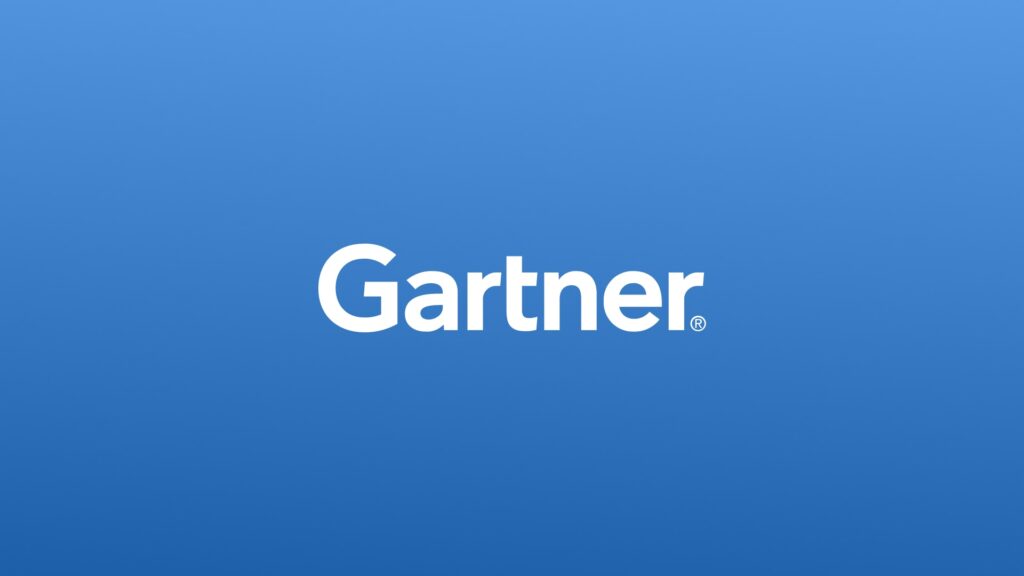Tessian has been recognized by Gartner in the Market Guide for Data Loss Prevention (DLP) 2022 as a Representative Vendor for next generation DLP. Gartner makes the distinction that, “DLP is a mature technology, but the emergence of tools with a focus on cloud and insider risk management use cases has provided SRM leaders with the option to invest in a next-generation data security tool.”
State of the DLP market and why email matters
The need for cloud native DLP tools is growing in-step with increased public cloud adoption, and the report mentions that, “In 2021, Gartner fielded 29% more client inquiries on the topic of DLP than in 2020.” In the latest Gartner forecast, “Worldwide end-user spending on public cloud services is forecast to grow 20.4% in 2022 to $494.7 billion, up from $410.9 billion in 2021, according to the latest forecast from Gartner. In 2023, end-user spending is expected to reach nearly $600 billion.”
Email is a significant threat vector for data loss. In separate research conducted by Tessian (2022), the risk for a data loss event occurring via email is high, with nearly 60% of organizations surveyed having experienced an email data loss incident due to an employee mistake in the last 12 months. Email was also identified as the riskiest channel for data loss, followed by cloud file-sharing and instant messaging platforms.
Gartner underscores the importance of addressing data loss risk on email due to the fact that “email is one of the most prevalent means of sending information and a priority for most clients.” And in reference email security DLP capabilities, Gartner states:
“Some email security vendors’ solutions can also address accidental data loss use cases, such as the sending of email to the wrong recipients or the sending of wrong attachments. These solutions use artificial-intelligence- based algorithms to track users’ email patterns and notify users if they may be accidentally sending sensitive information.”
These intelligent email DLP capabilities are native to Tessian, having the ability to prevent misdelivered emails and misattached files from being sent, as well as preventing malicious attempts at email data exfiltration.
Key findings from the Gartner Market Guide for DLP
The report identifies three key findings:
- “Data loss prevention programs that are not tied to specific initiatives and goals are indicative of immature data security governance.
- Traditional DLP vendors that focus on conventional and data specific content inspection methods, can lead to fatigue and a siloed view of data movement.
- Legacy DLP tools rely on detection methods that were developed for on-premises workloads. Cloud migration has complicated the vendor selection process for clients, since these legacy approaches to DLP often are no longer viable.”
Some of the key recommendations include:
- “Define a DLP strategy based on data risk and the needs of the business.”
- Invest in a DLP solution that not only provides content inspection capabilities but also offers extra features such as data lineage for visibility and classification, user and entity behavior analytics (UEBA), and rich context for incident response.
- Overcome the challenges presented by a cloud-first strategy by implementing a solution to map and secure sensitive data across the hybrid environment.”












